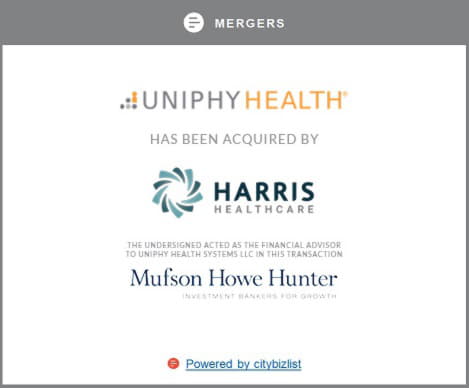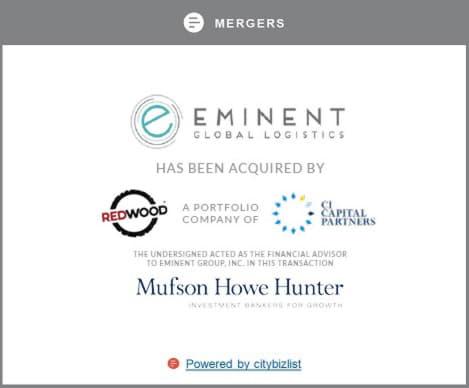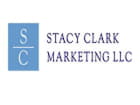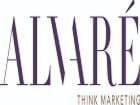Every January, Johnson & Johnson (NYSE:JNJ) executives share their expectations for the year ahead, and this year investors didn't like what they heard. The company isn't expecting much growth from its pharmaceutical segment in 2019, or next year.
Some of the competitive pricing pressures highlighted were pretty standard, but the old way of offsetting those losses by raising prices on other successful products isn't working anymore. Here's why we could hear similar concerns this earnings season from J&J's big pharma peers.

IMAGE SOURCE: GETTY IMAGES.
Why big pharma investors are nervous
In 2018, worldwide pharmaceutical segment sales grew 12.4% to $40.7 billion for J&J, but U.S. sales rose just 8.4%. That's not necessarily bad, but during the earnings call management startled investors by revealing that net prices in the U.S. dropped between 6% and 8% last year despite list prices that kept going up. The company didn't say net prices would fall again in 2019, but it also didn't offer any assurances that they wouldn't.
Once insurers have treatment options to choose from, they like to demand huge rebates from drugmakers. In return, insurers make it easier for patients to access heavily rebated drugs, and drugmakers that refuse to play the rebate game lose market share.
This isn't the first time Johnson & Johnson has reported a net price decline. In 2017, net prices fell 4.6% despite an 8.5% list price increase. J&J isn't the only big pharma company to suffer. In 2010, the average discount applied to Merck & Co.'s (NYSE:MRK) product line was already at 27% of the list price. By 2017, that figure rose to 45%, and during the same year, Eli Lilly's (NYSE:LLY) average discount climbed to 51% of list prices.
The practice has gotten so out of hand that the pharmaceutical industry actually supports a plan to lower drug prices by regulating rebate practices. The proposal doesn't seem to be going anywhere fast, which is why consensus estimates for J&J's pharmaceutical division suggest sales will rise just 2.9% in 2019, and another 4.8% in 2020.

IMAGE SOURCE: GETTY IMAGES.
What's at risk?
Analytics provider IQVIA noticed protected brand net prices grew by just 1.9% in 2017, but consumers saw list prices rise 6.9% on average. Johnson & Johnson's fourth-quarter results suggest the trend continued into 2018 and it's still getting worse.
For example, J&J's next-generation blood thinner Xarelto competes with a similar treatment option from Bristol-Myers Squibb (NYSE:BMY) called Eliquis. In the fourth quarter, Xarelto's share of the blood thinner market rose, but only because J&J offered deep discounts that lowered net Xarelto sales by 14% compared with last year.
Some areas are getting hit a lot harder than others. The spread between list and net prices on hepatitis C antivirals has grown so wide that Gilead Sciences (NASDAQ:GILD) began selling generic versions of its own brands last year. According to IQVIA, list prices for chronic respiratory disorder treatments and diabetes drugs are generally 40% higher than net prices realized by manufacturers.
Eli Lilly relies on a suite of diabetes drugs for a little over half of total pharmaceutical sales, and in 2017 average discounts across Lilly's product line rose to 51% of invoiced sales. The company must have played the rebate game well, because during the first nine months of 2018, total diabetes sales rose 20% compared with the same period a year earlier.
Eli Lilly's diabetes segment owes much of its recent success to more recently launched drugs. Merck's Januvia franchise, which launched in 2006, isn't faring as well. During the first nine months of 2018, sales of the type 2 diabetes tablet fell 8.5% to $2.1 billion.

IMAGE SOURCE: GETTY IMAGES.
What isn't at risk
Luckily for Merck, oncology is one space where insurance companies are extremely hesitant to demand rebates. The company's lead growth driver, Keytruda, is one of several new cancer therapies that prevent tumors from shutting down an immune system attack.
Even though there are at least half a dozen drugs similar to Keytruda approved for sale, their approvals are specific to tumor locations and disease stages. That's why discounts from list prices are generally less than 10% for oncology drugs.
Time to cut and run?
There's been some talk in Washington about regulating rebates, but nothing changes quickly in the world of healthcare. In the weeks ahead, more grumbling about declining net prices from Johnson & Johnson's peers that haven't reported yet could lead to a big pharma sell-off.
Whatever you do, don't sell your big pharma stocks simply because companies have to offer deep discounts to maintain market share for some drugs. From now on, though, it might be best to avoid pharma stocks driven by products that address a limited range of therapy areas.
Newly updated! 10 stocks we like better than Johnson & JohnsonWhen investing geniuses David and Tom Gardner have a stock tip, it can pay to listen. After all, the newsletter they have run for over a decade, Motley Fool Stock Advisor, has tripled the market.*
On January 10, David and Tom revealed what they believe are the ten best stocks for investors to buy right now… and Johnson & Johnson wasn't one of them! That's right -- they think these 10 stocks are even better buys.









